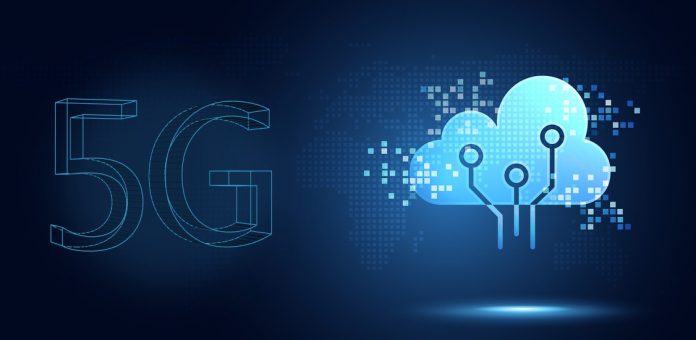With the increasing transformations in information technology, telecommunications, and the digital transformation of the economy, the number of users across the industry verticals is increasing day by day. Defamation of people on the Internet, third party cookies, fraudulent activities, personal data leaks, financial and bank details are just a few examples of the development of threats and illegal activities on the Internet. With 5G, IoT, and AR, that causes a great threat increase of tenfold.
The main concerns to be considered are decentralized security, increased bandwidth difficulty in current security monitoring, building security through design in the manufacture of IoT devices, and the need for optimal encryption at every stage of digital transactions. More traffic routing points for 5G’s dynamic software-based systems. To achieve adequate security, appropriate controls should be included to enable security monitoring. As it may prove difficult, any insecure areas may compromise other parts of the network. The security team has to develop new methods to prevent threats due to the volume and speed that challenges it. Details of users such as the operating system and device type may help hackers plan to attacks more accurately.
Virtual and augmented reality are technologies that support the growth of all verticals. Thus, it is essential to have good security practices to build trust in the use of such technologies for the common good. A distributed denial-of-service (DDOS) attack is likely to bypass the network with irrelevant data, thereby interfering with the user’s VR experience. Additionally, the attacker can handle the content as long as users experience physical discomfort.
However, several methods are best suited for resolving an emerging crisis. Align all AR / VR application tools for routine security analysis and audit. Station security monitoring methods on all devices and even at interconnection points. Use appropriate confirmation methods when communicating between AR / VR devices. To protect networks from widespread cybersecurity threats in the telecom industry, active security measures need to be taken. With this in mind, the industry works promptly with a subgroup of Security Assurance – SA3 on the 3GPP standardization body, designed to 5G standards and creating security. Telco’s face challenges such as privacy concerns, supply chain issues, traffic integrity, and global title leasing in enforcing better signaling controls.
IoT tools can be used to start spam calls to harass people through calls like video or voice. They can also be used to organize attacks on critical infrastructure through entry points within a corporate network. Threats to IoT systems and devices translate into major security risks due to certain features of the technology.
These features include:
Collecting a lot of data
Connection of virtual and physical environments
The creation of complex environments
The concentration of architecture.
Digital literacy and security awareness among all sections of the population need to be rapidly enhanced to build confidence in the use of services based on digital technologies to thrive effectively as an economy.
Follow and connect with us on Facebook, Linkedin & Twitter

